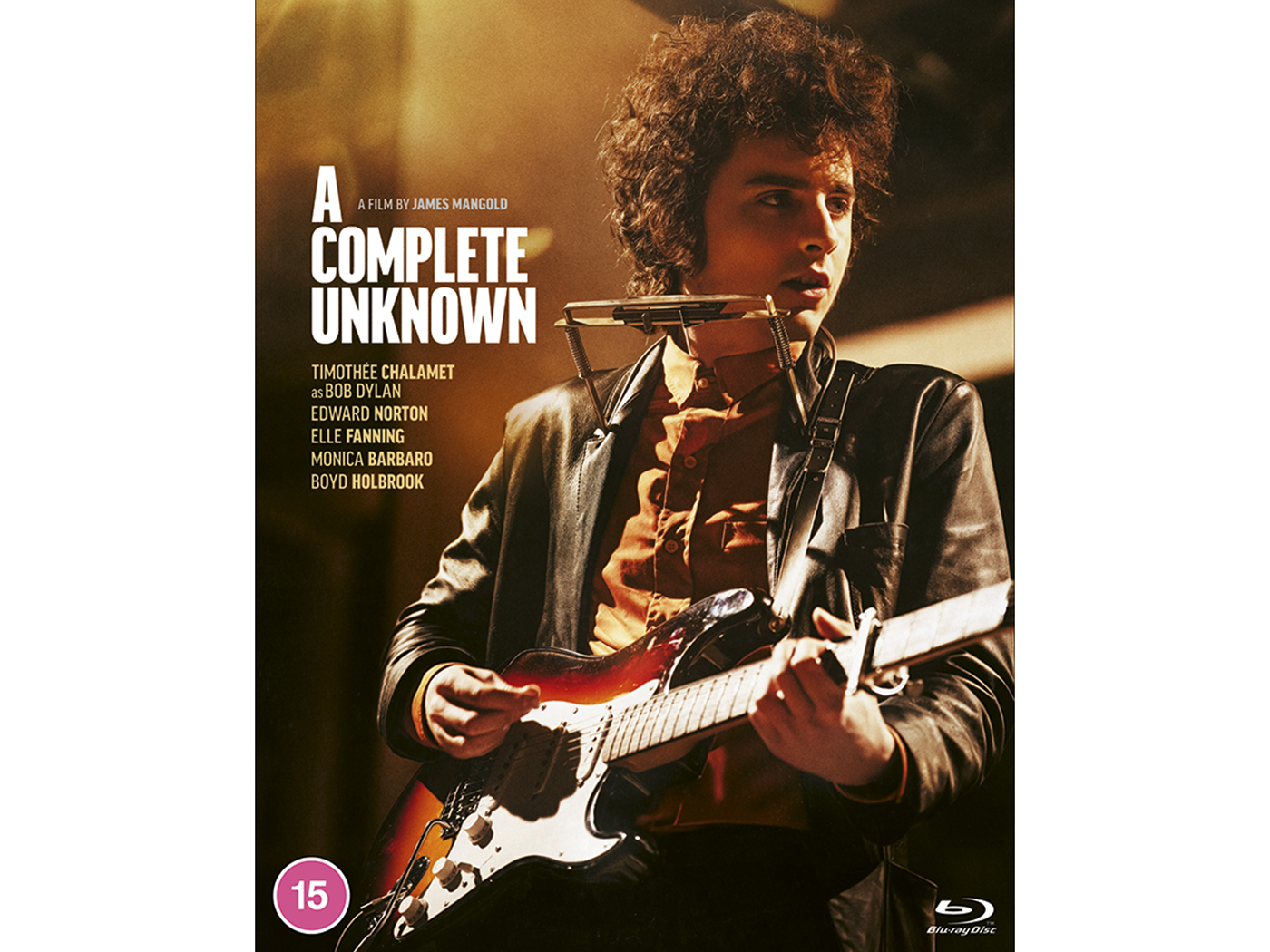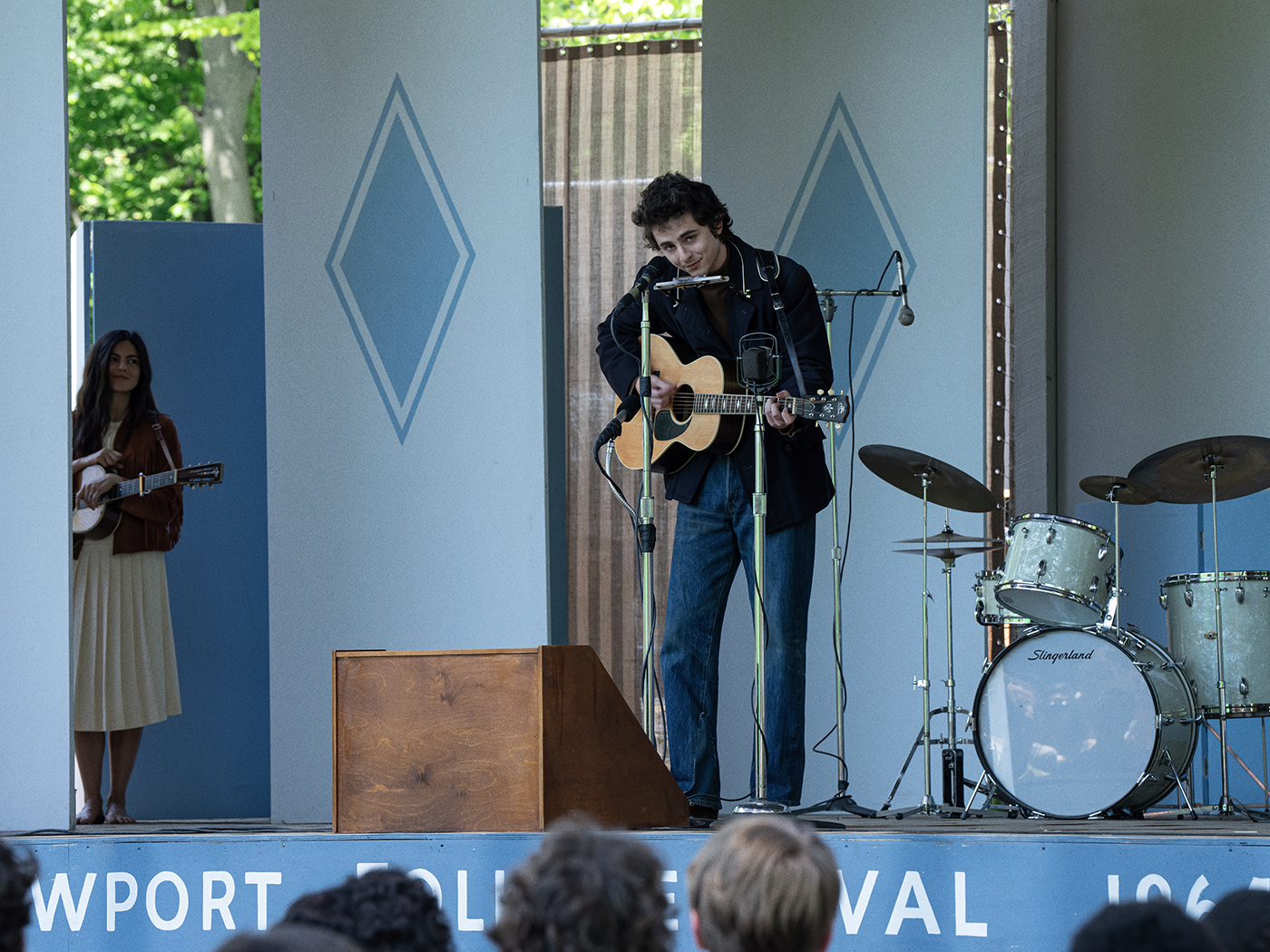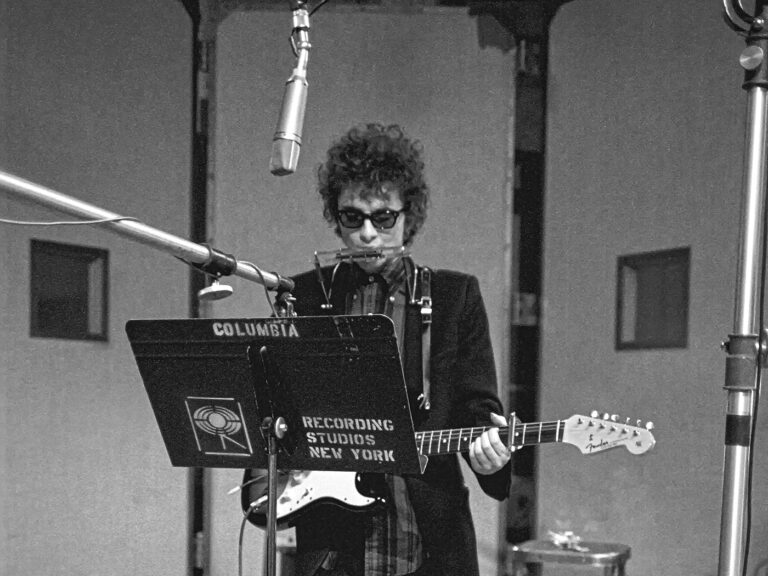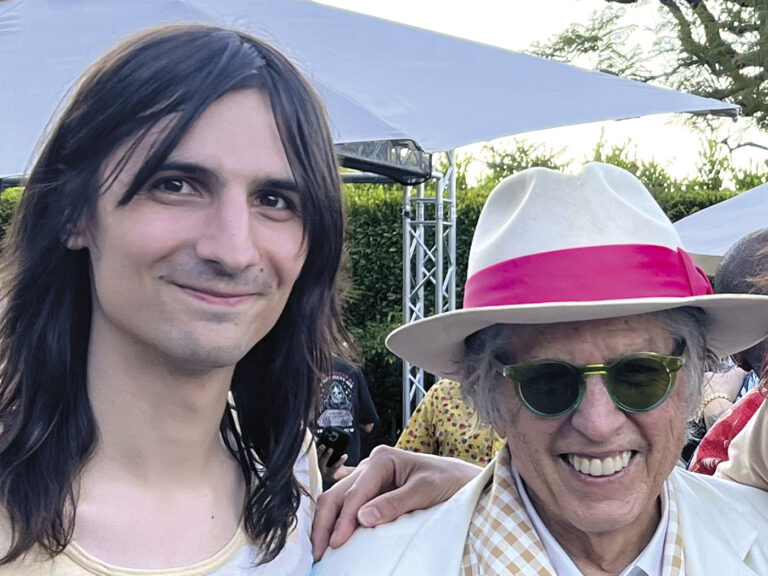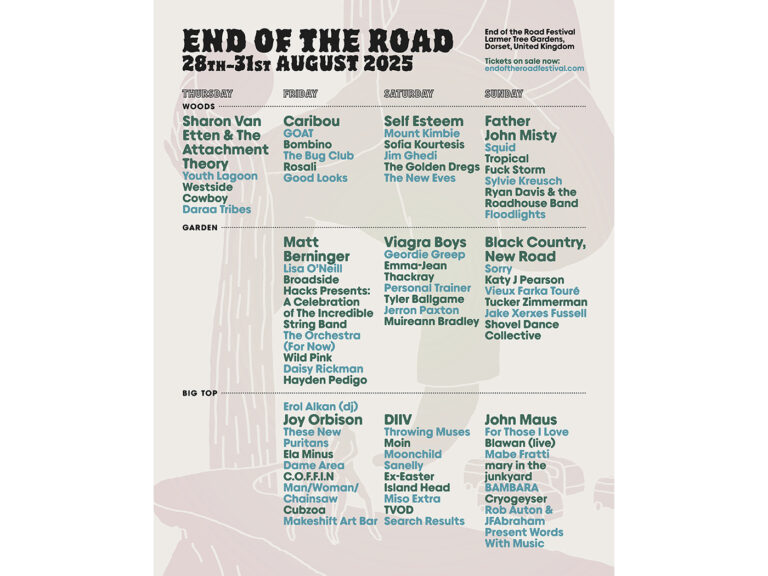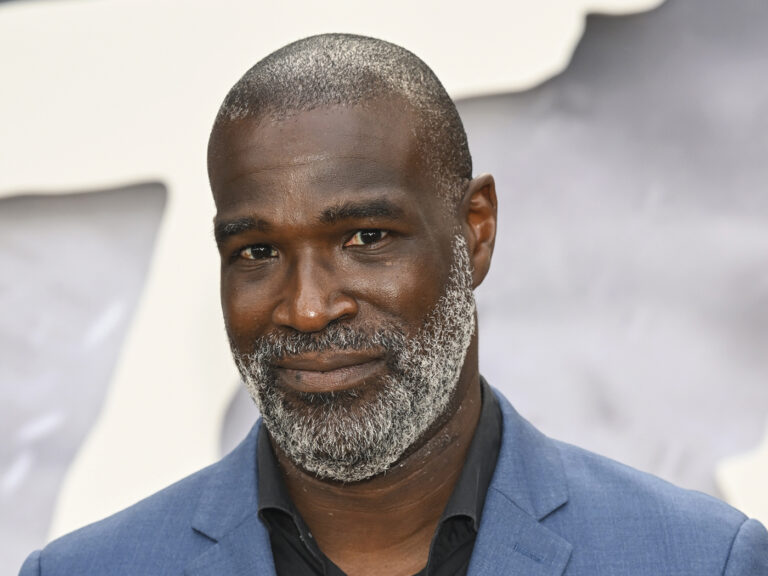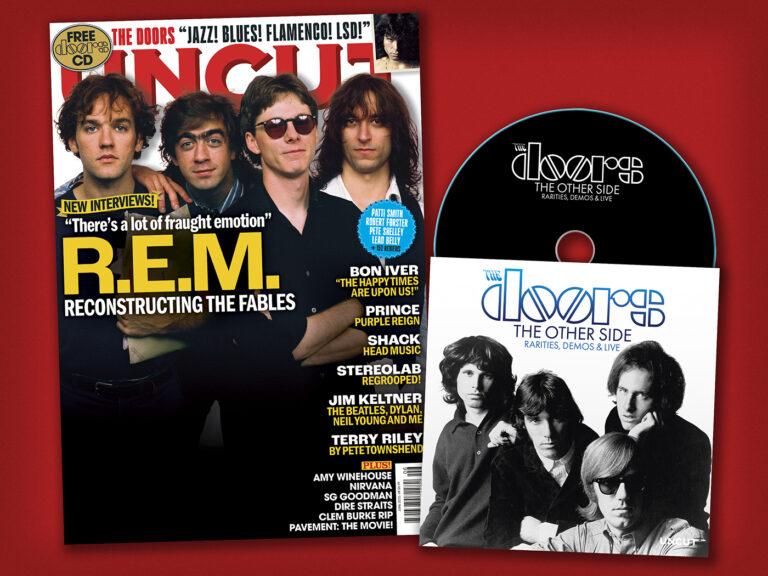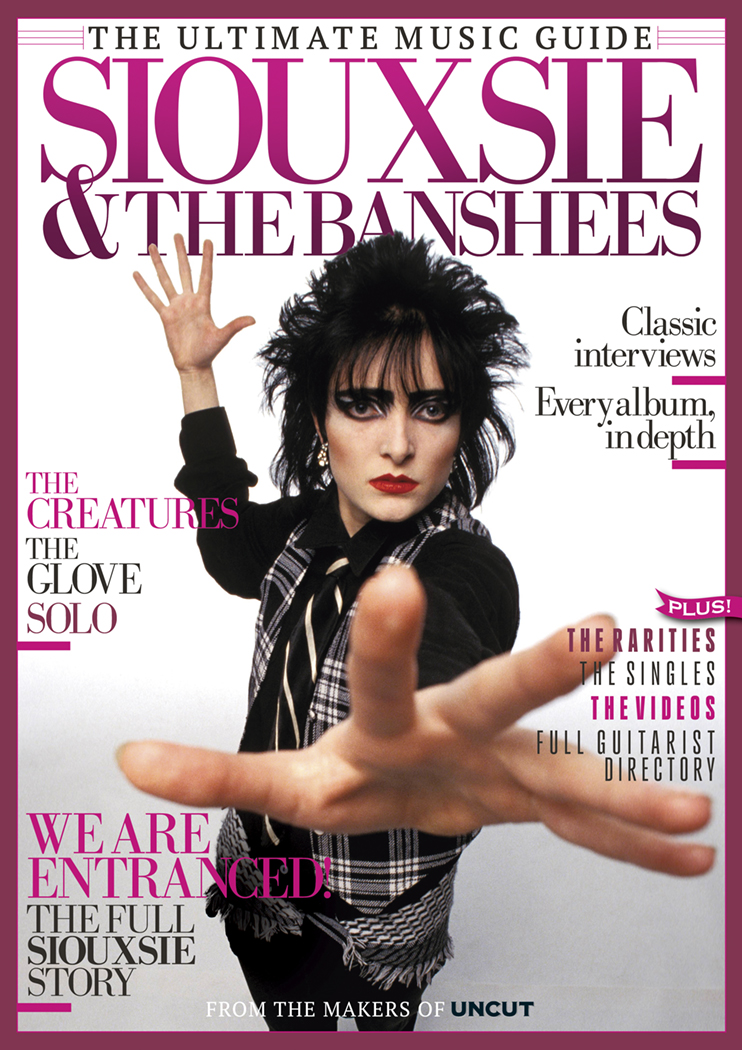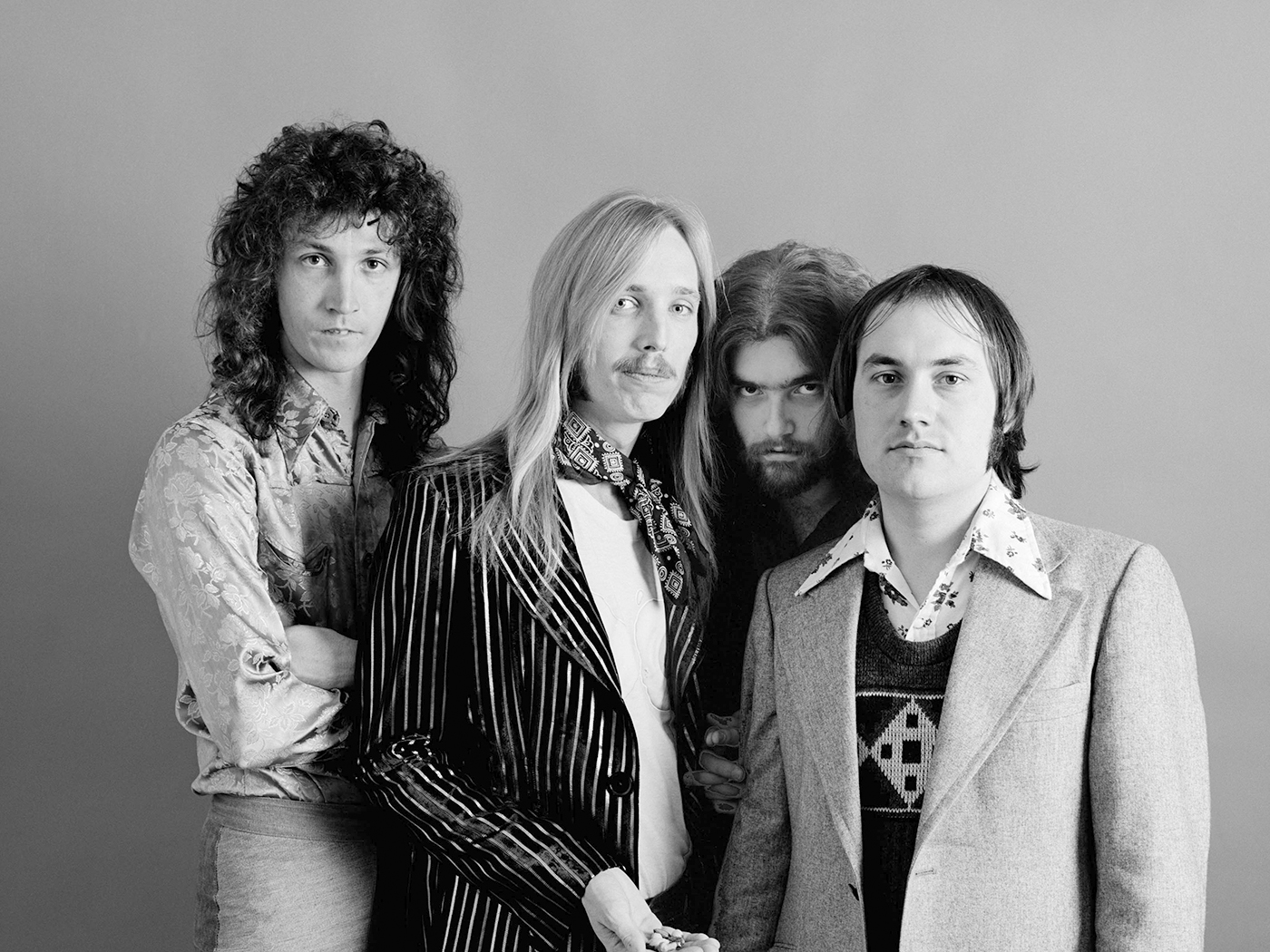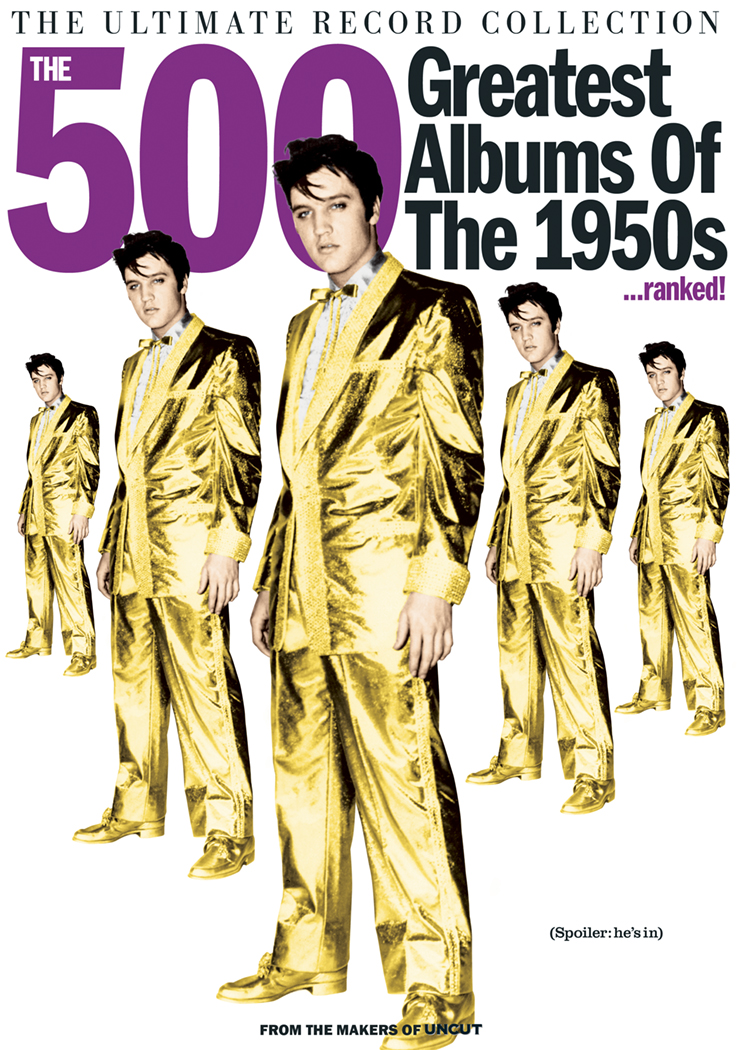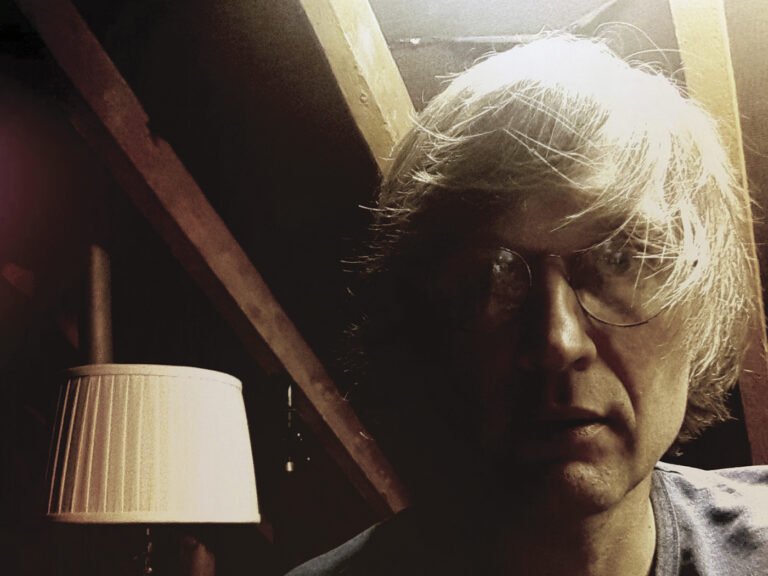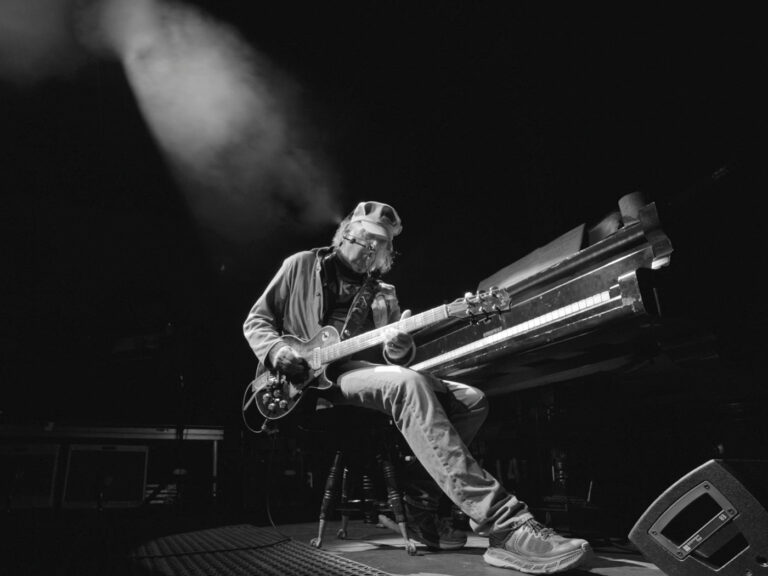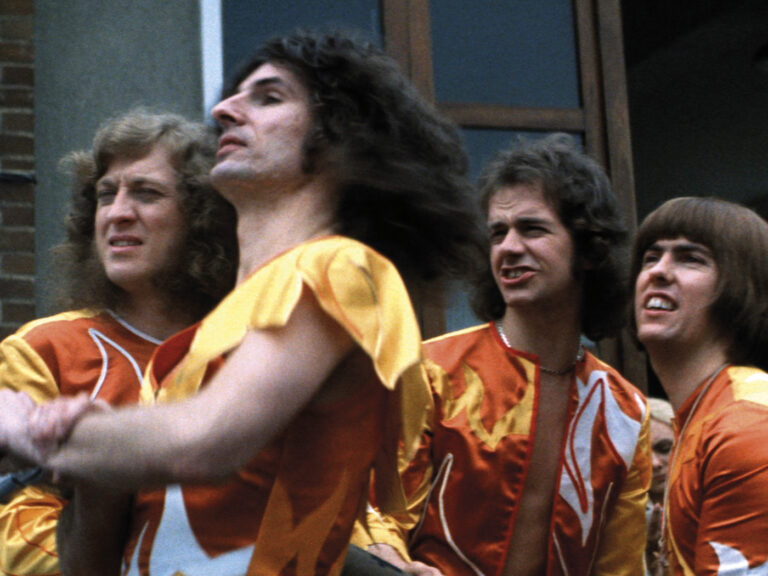Souled American are a conundrum. Some say the Illinois quartet-turned-duo invented alt.country; others would bristle at that suggestion. They’ve been around for almost 40 years, but have only released six albums, a judicious selection from which now makes up Rise Above It, their first anthology. While they never reached a large audience, they’re held in high esteem: some of their supporters include Jeff Tweedy, who dedicated a chapter of his book World Within A Song to Souled American’s “Before Tonight”, and Jim O’Rourke, who described their 1997 ‘comeback’ gig in Chicago as “the greatest show I’ve ever seen.” The band’s fans, who rarely lack patience, have been waiting 27 years for their (now complete) seventh.
THE JUNE 2025 ISSUE OF UNCUT IS AVAILABLE TO ORDER NOW: STARRING R.E.M., A DOORS RARITIES CD, BON IVER, PRINCE, SHACK, AMY WINEHOUSE, DIRE STRAITS, STEREOLAB AND MORE
Their genesis story, too, is just about as curious as they come. The core duo of Chris Grigoroff and Joe Adducci were both raised in Charleston, Illinois, where they met through church; their families were locally known, working in radio and hospitality. They’d both spent some time during the ’70s making music, Grigoroff in the India Creek Delta Boys, Adducci in professional music circles, though he was also fortunate to have a mother who was a country fan and songwriter herself – Souled American have recorded four of her songs over the years. But Grigoroff and Adducci first stepped out together as members of Normal, Illinois ska group, The Uptown Rulers.
You can see, here, the constituent parts of Souled American slowly coming together, though the group didn’t form until 1986, after they’d abstracted out of The Uptown Rulers. From the latter group, Grigoroff and Adducci took a deep grounding in both the rhythms and the dub-wise spatialisation of reggae, something you can hear most forcefully in Adducci’s rubbery, slippery bass playing. Country music became the shell, of sorts, for a quixotic combination that pulled from all kinds of genres – the heartbreak and melodicism of country and folk; the groove of reggae and dub; and touches of R&B in some of the singing and playing, and in their choice of covers: they do a killer job, on 1990’s Around The Horn, with Little Feat’s “Six Feet Of Snow”.
That song, of course, was co-written by Lowell George and the Grateful Dead’s Keith Godchaux, and in among the interest in traditional country and blues across Souled American’s six albums – most strongly on covers album Sonny – there’s a thread of genre fluency and plasticity, and music as part of everyday life, that points back to the Dead. Perhaps this accounts for the strange inability to place Souled American, historically. In the 1980s they had few peers – perhaps the Meat Puppets; certainly, Camper Van Beethoven; later, in the mid-’90s, while alt.country was gaining purchase, Souled American felt closer to weird one-offs like Cordelia’s Dad, Strapping Fieldhands or Supreme Dicks.
By that time, they’d been through the music industry mill. Their first three albums, 1988’s Fe, the following year’s Flubber, and Around The Horn, were recorded quickly, the group’s energy never flagging, as much because Grigoroff saw that they were an acquired taste – they’d best take advantage of being signed to a record label like Rough Trade while they could. When that label went bust in the early ’90s, Souled American self-recorded 1992’s Sonny, with money loaned directly from Rough Trade’s Geoff Travis. Then the wheels started to come off – drummer Jamey Barnard left the group; guitarist Scott Tuma’s involvement drifted, and while he’s across 1994’s Frozen, by the time of their most recent album, 1996’s Notes Campfire, he’s only on two songs.
There’s a sense here, then, of a group that didn’t fit their times. They’re often explained away as progenitors of alt.country who didn’t ride the wave, and there’s an element of that; all you need to do is listen to the first few Palace Brothers albums to understand how Will Oldham borrowed some ideas from Souled American, or at the very least, divined a shared spirit. Groups like Uncle Tupelo inhabited a similar zone, but they were strait-laced, where Souled American were all spooked out. Souled American referenced John Fahey before it was hip to do so, back in 1989, when they did “Cupa Cawfee”; Sonny had them covering Merle Travis, Ralph Jones, John Prine, the Louvin Brothers, Willie Nelson.
Traditionalists gone weird? The tradition was already deeply weird, anyway, which was something Souled American understood on a molecular level. You can hear this understanding most strongly on their final two albums, Frozen and Notes Campfire, represented on Rise Above It with two songs apiece. Placed at the end of the chronologically arranged anthology, these songs have an air of otherness, otherworldliness, that hasn’t really been often achieved in music that references country so clearly. If there’s any quibble to be had about Rise Above It – and this is very minor – it’s that it doesn’t represent the most strung-out songs on these albums, like “Flat”, which rambles for eight minutes, woozy and bleary-eyed as the morning.
But that ‘everyday strange’ is present in other ways. On songs like Frozen’s “Downblossom” and Notes Campfire’s “Suitor’s Bridge”, you can hear how the group’s production techniques evacuate the core of the song, the better to let the various lines and melodic threads hover in a weightless space, unmoored and hazing around each other. It’s remarkably like John Cale’s production for Nico’s The Marble Index, an album which is probably the closest reference point for Notes Campfire’s ghostliness. On “Suitor’s Bridge”, for example, several guitars meander, one shuddering with a murky tremolo, other notes flickering like sunlight seen through the beating of hummingbirds’ wings.
There’s no lack of strangeness to the earlier entries in the Souled American catalogue, of course, and Rise Above It does a great job of summarising, and then presenting to listeners new and old, just how Souled American’s take on tradition is so singular. On the opening songs, from Fe, the group find and lay out their curious dynamic. Adducci’s bass frets and jitters; one guitar, usually Grigoroff, strums hypnotically, while the other, often Tuma, laces detail that varies from mood elevator to tweaked punctuation. Barnard’s drumming alternately drives the group, or lurches sideways, which gives the other three musicians more space to weird the landscape.
By Flubber, as evidenced by songs like “Mar’boro Man” and “Wind To Dry”, things really are starting to slip and slide, as though a strange haze has drifted into view. The guitars in “Mar’boro Man” sound as though they’re playing in a separate room entirely to Barnard’s thumping rhythm and Adducci’s elastic, slinky-like bass riff. The accordion on “Wind To Dry” huffs and puffs, a bellows to fan the cinders of the song, creaky guitars the kindling in the fireplace. By songs like “Rise Above It”, from Around The Horn, the quartet seem to be absenting traditional understandings of time, though they’re not slowing down, so much as letting the songs breathe more effortlessly. (Like few others, Souled American understand songs as living entities, and they treat them accordingly.)
On Sonny, the covers album, you get the keys to the kingdom, and the songs that feature here – in particular, a haunted “Blue Eyes Cryin’ In The Rain” – are strong reminders that Souled American are near-peerless interpreters of the many great songs that make up the undocumented songbook of country music. It’s even more startling, now, to think that they never really got their dues. But perhaps there’s something that’s too prescient about Souled American, and maybe too nakedly human, as well. You’ll hear little else like it.
When you purchase through links on our site, we may earn an affiliate commission. Here’s how it works.
